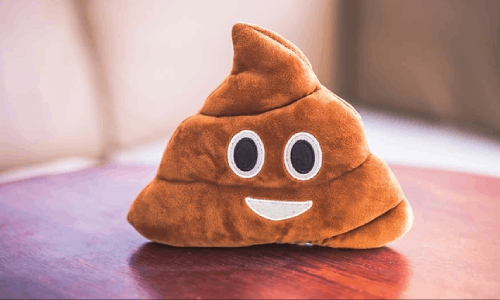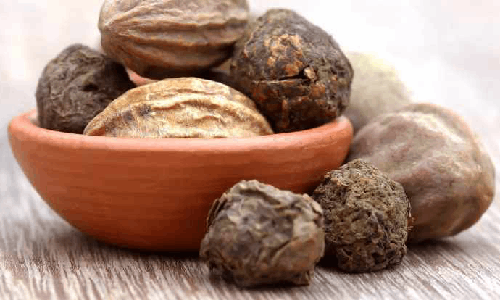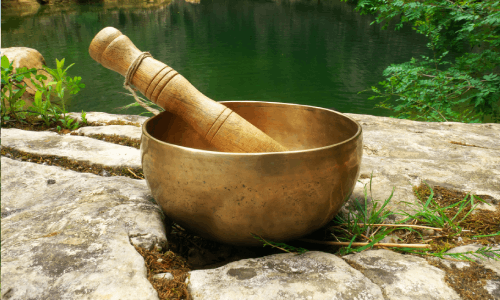Recently, a couple in their lates 30s joined my 6-month conception program. The woman was a patient of mine from seven years ago when she took part in my 3-month program to improve her gut health. They had been trying to conceive naturally for the last 5 years, but couldn’t succeed. So, they had approached a doctor for infertility treatment, who told them that her AMH levels were low and suggested IVF as they were losing time. They were warned that waiting longer could make it even harder for IVF to work. Because the woman believed in Ayurveda and lived an Ayurvedic life, she was hesitant to go for IVF. She was emotional during the consultation saying how she didn’t want to go through all those procedures. I spent the hour talking to the couple, reassuring them that it was okay to explore all options, including trying to conceive naturally. As they proceeded with the treatment, the lady was able to conceive naturally in 2.5 months. It’s becoming common for doctors to suggest IVF to couples who approach them for infertility issues. Just like the woman, there are many who approach them as the last resort but are made to feel scared in the name of progressing age and more. Nobody must go through such fear and anxiety. This is where Ayurveda can be helpful. So, to answer the question, yes! Ayurveda does provide treatment for infertility. In fact, Ayurveda has all answers to infertility and offers treatment that is not invasive or painful. The messages brimming with happiness, sharing the fruitful results of the treatment we provided to patients who had come to me with fertility issues show how effective Ayurvedic fertility treatment can be! Infertility from the Ayurvedic Perspective In Ayurveda, infertility is viewed as a multifaceted issue stemming from imbalances in the body’s Doshas (biological energies), low digestive fire (Agni), and the accumulation of toxins (Ama). These imbalances can be attributed to various factors such as lifestyle choices, stress levels, and reproductive issues like PCOS, hypothyroidism and endometriosis. You can have them easily treated with Ayurveda. Age as a factor in conception While age plays a significant role in fertility, Ayurveda recommends the optimal age for conception to be between 24 and 30 years. However, fertility can still be supported beyond this age if you are in good health. You should not be suffering from conditions like PCOS, endometriosis or thyroid. Also, you should have good AMH levels and optimum size and number of follicles. Now, in case If you have any of the above-mentioned health conditions, you can take a break from trying to conceive for at least three months and get your health conditions treated with Ayurveda. Once you are healed, you can again try to conceive naturally. Conception essentials According to Ayurveda, there are 4 essentials (Garbhasambhava Samagri) for conception. Whether you are just starting or have been on this path for a while, understanding these essentials can make the journey smoother. They include the following: Fertile period (Garbhasaya Ritu) The uterus (Kshetra) Nourishment (Ambu) The gametes (Beeja) Ayurvedic treatment for infertility Whether you are just starting or have been on this path for a while, it is best to consult an Ayurvedic doctor for guidance. At my hospital, we offer a conception program where I and my team help couples, especially the mothers-to-be, create the right environment in their womb to help them conceive naturally. The conception program is for 6 months. Both partners should be present for the consultations with their reports that contain basic parameters like TSH, AMH, size and number of follicles, LSH, FSH, prolactin, testosterone levels, semen analysis (for men), etc. We thoroughly analyse the reports to understand the condition of their bodies and to check for any underlying health conditions. If they have any such conditions, we spend the first three conditions to correct them to bring the body to a normal balance or to optimise the body. Then we start the conception treatment. Ayurveda does not have concepts like ovulation. There are higher chances to conceive on the 7th day after period. So, we ask the patients to try to conceive then. Meanwhile, we also help to improve the fertility of women and men with the help of Ayurvedic herbal combinations and formulations and cleanses like Vasti and Virechana that enable natural conception. So, the minimum time taken will be 6 months. I believe in looking at things from a spiritual perspective as well. I always tell my patients that 95% of the journey is in their control. My team and I will guide couples by equipping them with knowledge and helping the mother prepare her body for conception. Meanwhile, the patients should also focus on their Karma (actions) by following principles and practices to optimise their digestive fire (Agni) and their fertility. The rest 5% should be left to the universe. Despite challenges like age and fertility issues, our Ayurvedic fertility program has yielded remarkable results. I even had a 44-year-old woman who attended my program conceive naturally. Role of lifestyle practices in fertility Ayurveda highlights lifestyle practices as a significant contributor to fertility. Ayurvedically one of the most important causes of infertility these days is the consumption of Kapha increasing foods and following practices that aggravate Kapha. It could also be genetic, where daughters inherit Kapha tendencies from their mothers. Conditions like thyroid, fibroids, PCOS, etc. are all results of aggravated Kapha. Therefore, it is essential to make dietary and lifestyle changes to reduce Kapha tendencies. Regular exercise, such as brisk walking, can help break down Kapha. Practices to improve sperm health Here are a few practices that can help boost sperm health: Keep your laptops away from your lap Keep your phones away from your pocket Include cooling foods in your diet Strictly avoid incompatible foods Reduce stress… Continue reading Infertility Solutions Through Ayurveda – Natural Ways to Conceive
Infertility Solutions Through Ayurveda – Natural Ways to Conceive









